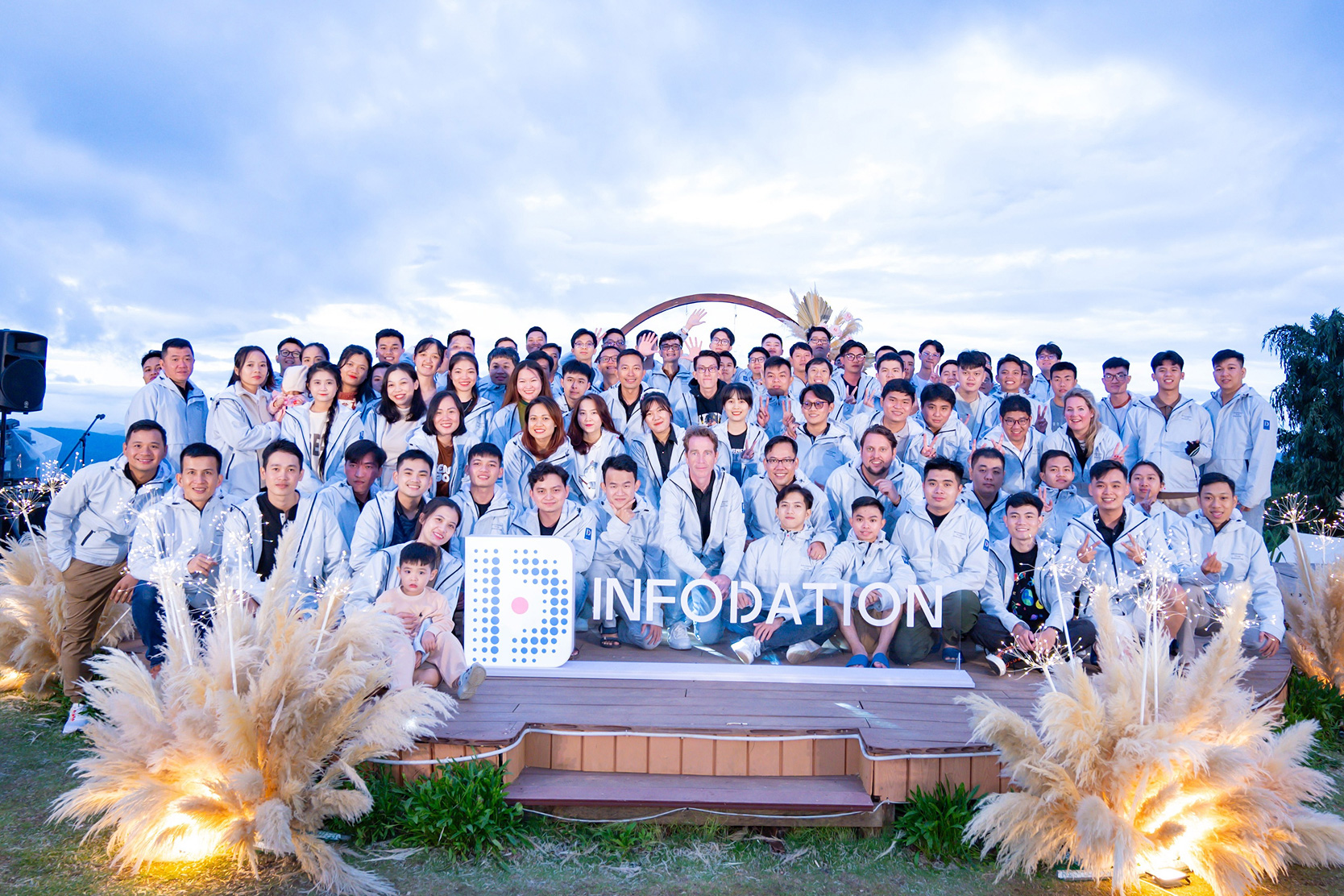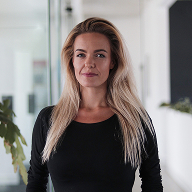
That’s not how we started at Infodation.
From practice to spirit
When I first came across Agile, I already knew about its manifesto and principles, but I didn’t rush to hand them over to the team or force everyone to follow them. Instead, we simply did the things we believed were Agile. We experimented together, and when the results showed up - whether right or wrong - we looked back and realized: Ah, this is the spirit of Agile. We went from practice to theory, not from theory into a rigid framework where we would lose our own identity.
Living the principles, not memorizing them
And that’s why, in our team, some people didn’t even know what the Agile Manifesto was. But if you asked them, "Are customers more satisfied? Are we adapting faster?" - the answer would always be "Yes!".
“They might not be able to recite all twelve principles of Agile software, but their daily actions were those very principles brought to life”.
We don’t pile work onto a single person - everyone takes ownership of their part and actively supports others when needed. We don’t just follow requirements because we’re "supposed to", we always ask: "Is this truly good for the customer? Can we make it more convenient?" Sometimes when a request comes in, we’re ready to challenge it: "If we implement this exactly as written, it will actually be inconvenient for the customer". And then the whole team works together to find a better solution, even if it means putting in extra effort.
Challenging, failing, and growing together
Sometimes, we tried doing things in ways that didn’t look Agile at all. There were Sprints where we took on more work than usual, fully aware that delays might happen, yet we still pushed ourselves as much as possible to deliver on time. Not because we wanted to prove anything, but because we wanted to experience it together, to understand where our limits truly lay.
When the results didn’t meet expectations, we sat down as a team, analyzed the reasons, and adjusted our approach. And after each of those moments, the lesson wasn’t just about managing the backlog or velocity - it was, more importantly, about a clear growth in mindset: embracing challenges, failing, and learning.
To be honest, sometimes we even went against the so-called "pure" Agile spirit. But it was exactly through that that we learned Agile isn’t a fixed set of rules - it’s an open mindset. Open to adaptation! And honestly, if we had just clung rigidly to theory, our team might never have discovered the way of working that truly fits us best.
Agile proven through action
There’s one thing we realized after many trials and errors: Agile is at its most effective not when it’s repeated over and over in meetings, not when everyone memorizes the principles by heart, but when every daily action reflects its spirit, when customers feel the product gets better every time they use it, when the team feels heard and empowered, when we dare to say "this way doesn’t work" and adjust right away - that’s when Agile truly comes alive.
We don’t need to show off that we’re doing Agile, nor do we need to plaster the manifesto on the wall to remind ourselves every day. For us, Agile means putting the customer at the center, responding quickly to change, and improving together step by step.
At times we’ve made mistakes, at times we’ve strayed off track - but it was exactly through those moments that we came to understand what Agile truly is. Not the Agile written in books, but the Agile proven through action.










